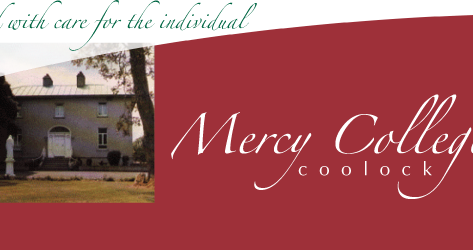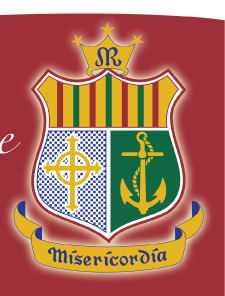 |
 |
 |
| St. Brendan's Drive, Malahide Rd., Dublin 5 | Tel: +353 (0)1 848 0888 / 848 0290 Fax: +353 (0)1 848 0163 | email: info@mercycoolock.ie / web@mercycoolock.ie |
|
Georgian DublinFrom earliest times Dublin was an important place. It was the main Port of entry to Ireland for strangers from other countries. Ireland, with her rich lands, appeared to the stranger, especially her nearest neighbour, a very desirable country to conquer and possess. Attempts to invade and conquer the land were strongly resisted by the brave and courageous warriors and war lords but eventually the English did conquer Ireland and with their superior strength kept the Irish in complete subjection and in the 17th century during the period known as the Penal Laws the Irish couldn't even practise their religion and Catholics had no vote. Now the Protestant Ascendancy was slowly but surely being established and Dublin was developing into an important centre of great architectural merit. the lovely buildings of Georgian Dublin provided a backdrop for an elegant social life revolving around Parliament and public entertainment. Most famous of the buildings were The Customs House, the Four Courts and other buildings designed by the English architect James Gandon (1743 - 1823) also The Parliament House and The Rotunda Hospital.It came as a great shock to the people of Europe to find that Dublin, as the capital of an island, had developed into a sophisticated city. Musicians and singers from all over Europe were attracted to Dublin. Dublin people of high stature in society owned private art collections and as a result the arts flourished. The existence of an Irish parliament was the basis of much of this prosperity. |
| website design by |